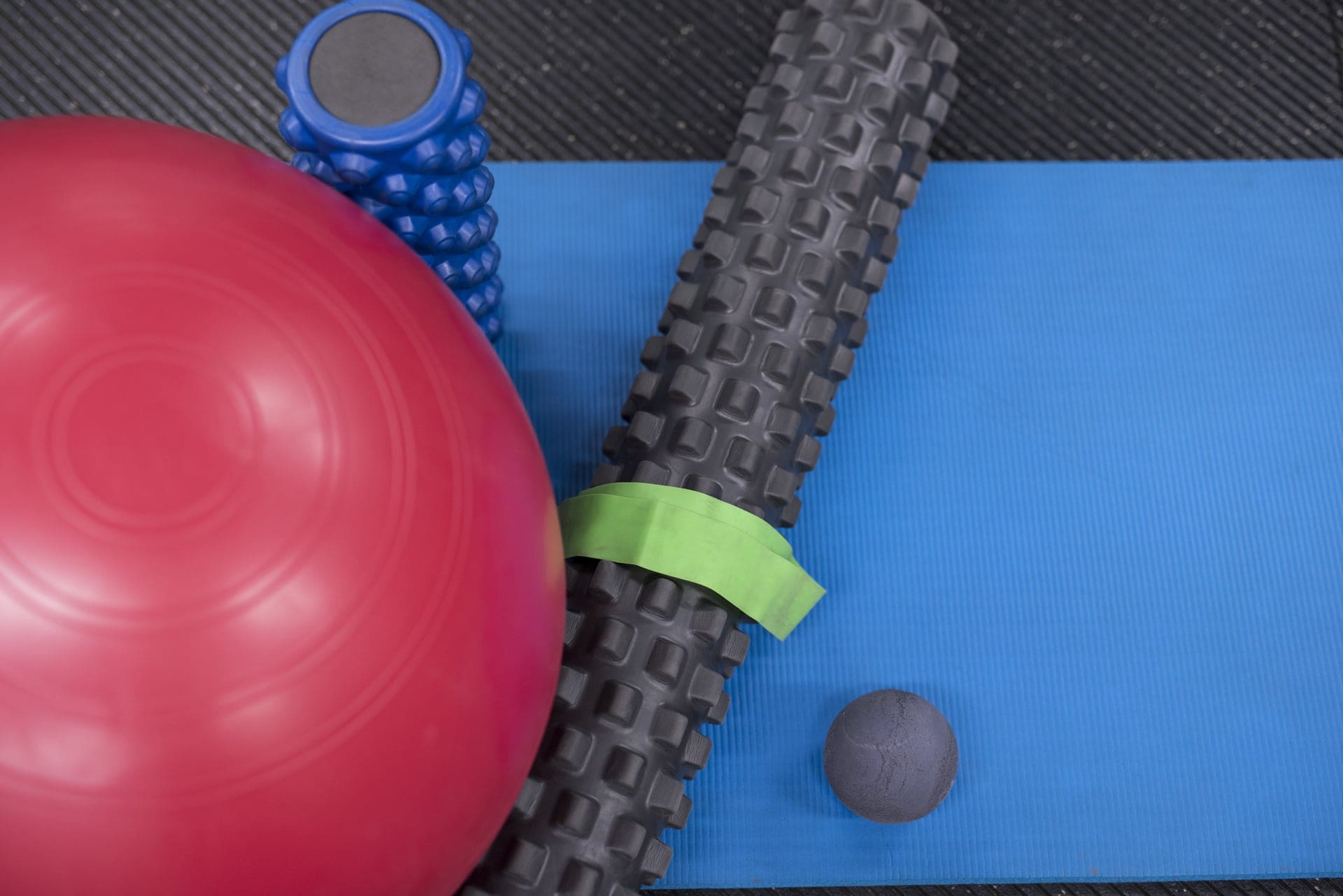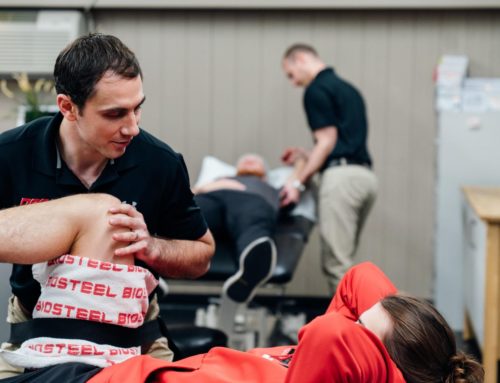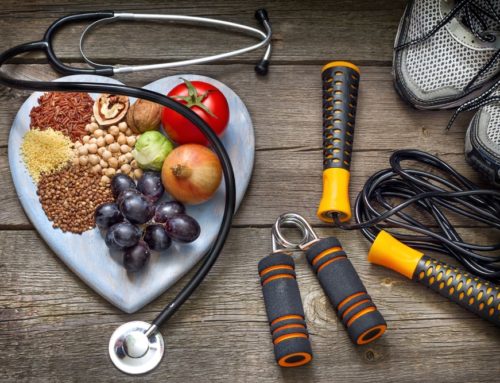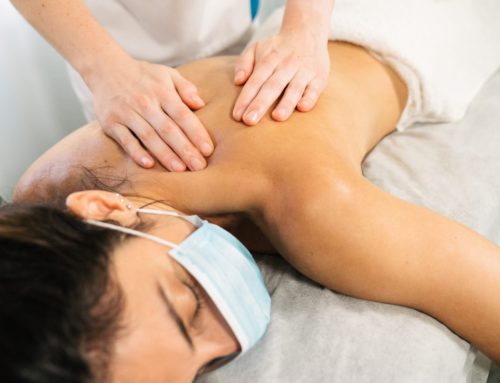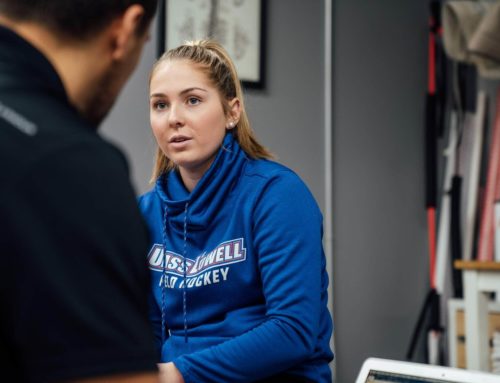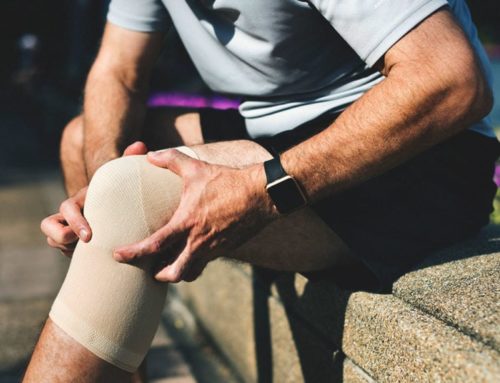Self-Care & Treatment From Home:
A how to guide when you can’t get your hands-on treatment.
Who would of thought that we’d be in a situation like this? Self-isolating and social distancing. All of a sudden this makes rehabbing an injury or even staying ahead of general aches in pains very difficult when you can’t just go out and see your therapist. The nice part for some of us, is that some may also be away from what causes most of our aches and pain, our day job. But on the other hand, the virus may be leading to an increase in stress levels, which creates more problems.
Those of us isolated from work now have no reason to say we don’t have time to take care of ourselves. There is plenty that we can do at home, equipment or not, to get ourselves healthier.
Home Exercise Program
As therapists, we try to give our patients things to do at home to help make some progress in-between appointments. This home program is step one of your quarantine self-treatment. We have hopefully given you some tools to do; simple exercises at home to help strengthen or stretch key muscles to address your injury. If you are further along in your treatment and using heavier weights, you may have difficulty doing your exercises without access to a gym. One thing to remember is to keep moving! Body weight exercise is better than nothing. Luckily, DEPTH has provided online programs to keep you motivated including virtual physiotherapy, virtual personal training, and an online daily workout with minimal equipment needed.
Keep in mind, if you are battling thru an injury, exercise isn’t a bad thing, you just have to be careful. When performing any exercises, remember to use pain as your guide; discomfort is ok, but sharp, shooting, or any instability should be avoided. If you are in doubt, it’s best to discuss with a therapist.
Self-Massage & Soft Tissue Release
If regular maintenance is why you come in, soft tissue work and self massage will be an important part of your regular routine. At home, you should have access to things like foam rollers and a hard ball (lacrosse ball, baseball or softball). Everyday items such as a PVC pipe or a rolling pin will also do the job. Rolling out with these items will help to release the myofascial trigger points, also known as knots, and release the fascia to help increase the flexibility of the muscles. I know foam rolling is definitely not the most fun activity or least painful thing in the world to do, but you have to take some pain to get results.
If you don’t have these tools at your disposal, you’ve got some attached to you; your hands! Self massage is another way to release myofascial trigger points. For self-massage, start by finding an uncomfortable spot by poking around in your muscle and then apply an increase in pressure until the pain is at a 4-7 out of 10 on your pain scale (start more gentle, at a 3 and increase your pressure until you hit your 7 once you get more comfortable with the technique). Hold there for few seconds (aim for 10 to 30 seconds), then move the area around. Continue as needed. Make sure to rub gently around the area afterwards also to help decrease the post-massage tenderness. Similar to a massage, you might be a little sore over the next few days from that treatment, so stretching and icing will be your friend.
Flexibility & Stretching
Whether you have those wonderful tools as home or not, working on your flexibility through stretching is another vital part of your at-home therapy. To reiterate what I mentioned previously, your therapist has probably already given you instruction on helpful stretches for your specific situation. If not, and you aren’t sure what is best for you, contact a therapist so they can give you the proper instruction.
Thermotherapy
Thermotherapy is the use of hot and cold in a therapeutic setting. Both therapies have their benefits, but also dangers, which need to be followed closely. I have included a list of contraindications (where heat or cold will do more harm then good) at the end of the article that should be reviewed prior to using these modalities.
One of the big benefits to heat is the fact that it allows muscles to relax and makes everything much more pliable. Think of lighting a candle and then the wax melting. That is what heat does to the muscles; it makes them more pliable and easier to move. The use of heat is indicated with chronic injuries (when the tissue is no longer warm to the touch), to decrease pain, muscles spasms, or if there is any decrease in range of motion. Moist heat works best because it gets deeper into the tissues. I recommend using a warm water bottle wrapped in a moist towel. An application of heat should last no longer than 20 minutes. Remember, foam rolling and exercise also warm up those tissues.
At home, cold therapy is used for acute injuries (usually the result of a trauma). The easiest way to know you need to use cold and not heat, is if the injury site is warm to the touch, that means inflammation is still occurring and adding heat will exacerbate the injury making it hurt or possibly swell more. This usually lasts for 24-48 hours. There are plenty of medians for applying cold therapy. Ice being the simplest, but chemical freezer packs are another common source that will do the job. With both ice and chemical packs, there should be a barrier in between your skin and the cold modality. A chemical pack will hold it’s temperature much longer than ice, meaning that leaving it on your injury too long can be a bit dangerous. With ice, the tissues go through four different stages: Cold, Burning, Aching, and Numb. When the area goes numb, you are good to take it off.
| Contraindications for Hot Therapy | Contraindications for Cold Therapy |
| · Acute injury or inflammation
· Infection · Decreased sensation |
· Decreased circulation
· Cold allergies · Decreased sensation |
Virtual Therapy
If you are stuck and really struggling with an injury, virtual therapy will be your best bet right now. Using an online platform, a physiotherapist can perform a movement assessment give you exercises, self-care techniques, and instructions to help you!
Hopefully these tips will help you stay active and healthy during this trying time. Stay safe!
Written by: Stephanie O’Neill-Beetham, Registered Massage Therapist & Certified Athletic Therapist

